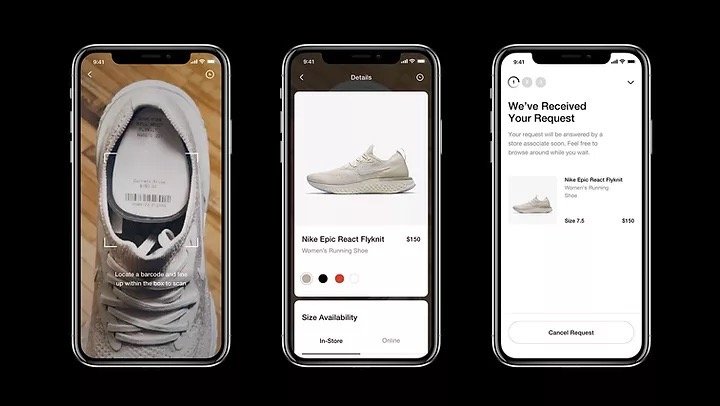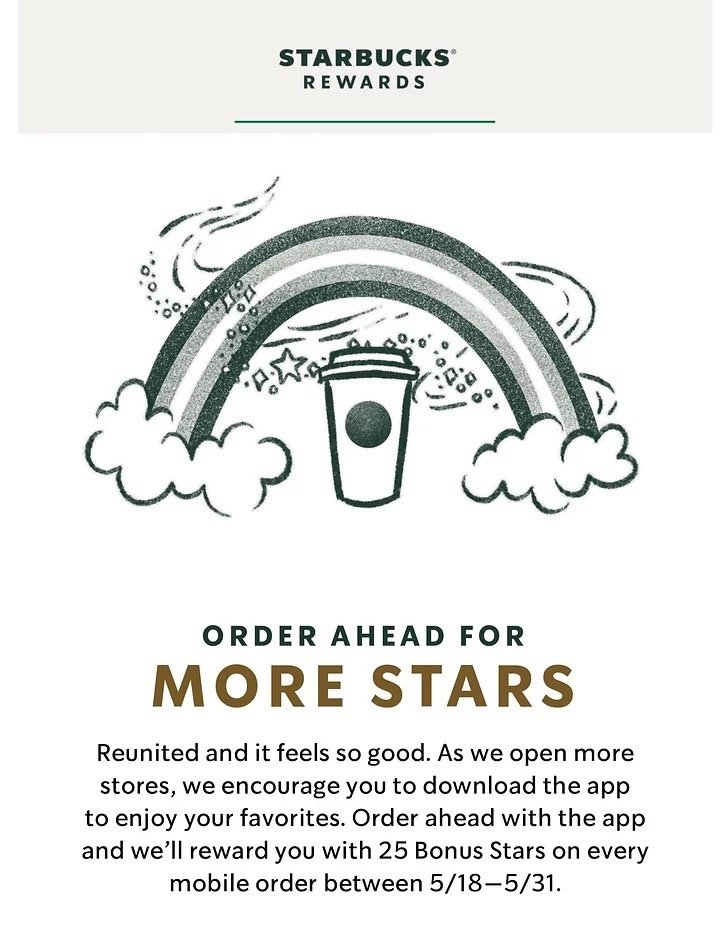Digital Has Risen
This is the second in a series of articles discussing what is essential for brands and retailers to consider as they navigate a post-pandemic world. In my first article, I covered several phenomenon I expected to see as a result of the pandemic. One trend I mentioned was the likelihood of consumers questioning their shopping habits leading to overall lower consumption. Last week, the June/July issue of Vogue magazine dropped into my mailbox and among its scant 128 pages, it seems that even haute couture designers are questioning how much they are manufacturing which has been driven by the blistering pace of the fashion calendar. In fact, Gucci has already announced that they will reduce their number of shows. This is a great example of how the pandemic continues to amplify and accelerate trends, in this case, less waste for a healthier planet.
Now a deeper look at digital. As retailers begin to re-open across the globe, some great examples are emerging of the necessity of tightly integrated physical and digital experiences to smooth the “rough edges” of The New Retail which must consider safety and health of both employees and consumers in a post-pandemic world. The reality is we aren’t truly “post-pandemic” and it’s that continued threat of re-emergence that requires diligence and ingenuity on the part of successful retailers. Additionally, beyond the integration of physical and digital experiences, retailers should be expanding their digital footprint to reach consumers where they are. If you’re still talking about “the rise of digital”, you’re too late. Those retailers who have been strongest out of the gate are those who are leveraging, and in some cases resurrecting, digital tools that they already had in their arsenal.
Leveraging Digital to Create a New In-Store Experience
First up is Nike who is taking a lesson from their stores in China which are already 100% open. As lockdowns rolled across the world, Nike made its Nike Training Club app free to all comers. As a result, subscriptions soared, giving Nike a captive audience to leverage its shopping app which is integrated into their in-store shopping experience. Nike’s President of Marketplace and Retail, Heidi O’Neil, appeared on Good Morning America to discuss the ways in which digital is helping to create a contactless in-store experience through self-checkout, by sending items directly to fitting rooms for try-on and by utilizing QR codes on mannequins to enable shoppers to learn more about products without interacting with a sales associate (aka front line hero).
By comprehensively integrating digital outside and inside of the store, Nike has put the power into the hands of the consumer giving them more control over how they want to interact and shop with the brand.
Apple Stores have re-opened with temperature checks and face masks for employees AND consumers in addition to screening health questions. However, most interesting is, in an effort to limit occupancy, Apple is returning to their Genius Bar for appointment shopping. Who doesn’t remember the incredible popularity of the Genius Bar when Apple opened their first stores? So popular, in fact, their store design was re-thought multiple times to accommodate demand for the service. Encouraging consumers to book appointments to shop, a trend mentioned in my last article, is a way to preserve the value of the consumer experience while following guidelines for social distancing. Not surprisingly, the in-store imagery on Apple’s website shows many fewer items on display which is critical to reducing density. The surprise is that, while Apple also places an emphasis on shopping online for curbside pick-up or at home delivery, their online shopping experience is secondary to product exploration. Perhaps in recognition of that, they’ve added a banner on the homepage to tout new features for online shopping including chat assistance, no-contact delivery and financing. Apple’s website is primarily organized by product and can be hard to shop. One has to wonder, with more consumers shopping online, if a web redesign is in their near future.
Starbucks is encouraging use of their mobile app to order ahead by offering bonus stars in their loyalty program. This function is not new and does a great job of estimating the time it will take for orders to be prepared so consumers can pick up without a wait. Again, a tactic that keeps stores less crowded.
South Korean brand lulu-lab is using AI to scan consumers’ faces and make skincare recommendations in store, allowing consumers to eliminate interaction with associates if they prefer. Customers take a selfie with a multispectral camera for a detailed skin analysis, which generates a list of recommended products on a screen. The skincare report and list of products are transmitted to the user’s smartphone via QR code for easy shopping. At the brand’s location in Galeries Lafayette in Dubai, the experience is completely unmanned.
Aside from branded experiences, there are third party digital tools helping to integrate the in person shopping experience. A great example of this is Ombori who offers a digital tool for line management. Instead of a physical queue, consumers scan a code in the store window or book a spot online, eliminating crowds outside the store. Queueing has the added advantage of allowing brands to create personalized shopping experiences much like Apple’s Genius Bar by matching store capacity to sales associate availability.
Consumers have demonstrated that they are comfortable moving between devices and experiences for shopping; often within the same transaction. Incorporating digital to improve the in store experience capitalizes on this behavior and gives brands a way to meet consumers where they are.
Expanding your Digital Footprint
Surviving post-pandemic will also require reaching those consumers who are not ready or willing to venture out just yet. Brands that haven’t been taking advantage of tools to expand their digital footprint should be looking to make these changes quickly. Undoubtedly, the spread of the pandemic hasn’t created trends as much as illuminated consumer behavior that was already on the rise. Consumers are definitely shopping online in greater numbers.
In speaking with Lisel Welden, 15 year Nike and Silicon Valley veteran, she points out that social media platforms continue to commercialize their experience to take advantage of built in consumer traffic: “All of them are trying to generate more revenue streams by getting a percentage of sales as well as capture data on what consumers are buying so they can fuel their advertising platforms.”
Instagram has been innovating in this space for quite some time, but most recently joining the party is Pinterest. Ads have begun appearing in consumers’ feeds and, in some cases, they don’t look like ads although products available to buy do show pricing. Welden reports the platform is screening advertisers in the hopes of avoiding “some of the challenges of Facebook. They want to be sure it’s a good experience.”
Last week, Facebook introduced Facebook shops, a new functionality particularly targeting small businesses. According to the Facebook website, their goal “is to make shopping seamless and empower anyone from a small business owner to a global brand to use our apps to connect with customers.” Taking advantage of Facebook’s ownership of Instagram, the new functionality works across Instagram and Facebook by creating a single online store for both. Welden believes “if it works for you as an advertising platform, it will probably work for brands as a selling tool. The downside is that it may not expose you to new audiences if the functionality is only imbedded in your feed.” Getting broader exposure will require leveraging ad buys on Facebook (the functionality works on a brand’s Facebook page, Instagram profile, Stories or Ads.)
And speaking of ad buys, broadening your exposure has become more affordable. Facebook ad rates have fallen as the pandemic has impacted ad spending across nearly all industries. In addition to taking advantage of social media platforms, now is also the time to ensure you’ve optimized the shopping experience on your own site before leveraging the current environment of low CPM’s to drive traffic. Follow in the footstep of Apple (mentioned above) and determine what additional tools or updates can make shopping even more seamless for your consumer.
Digital IS Retail
The future is here. The lines have blurred. Consumers who may have shopped very little online before the pandemic, are converts now. The bottom line is that for any retailer, digital will continue to be your primary connection with consumers. And if you’re not maximizing the tools and platforms available now, your future will be in doubt.
Need help designing the future of your retail space and consumer journey? Direct message me to find out how you can join a Zoom meeting to exchange ideas and help solve the sticky issues we are all facing.



